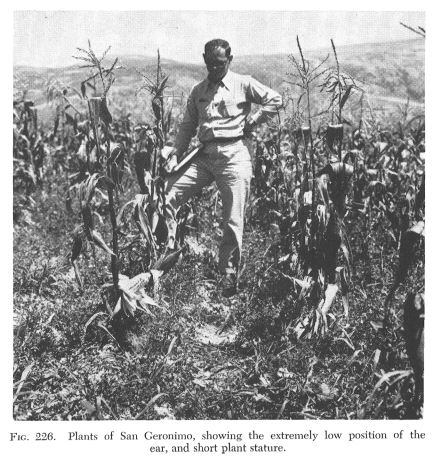The core set of the Races of Maize volumes were a result of investigations by Maize Geneticists and were published by the National Research Council, National Academy of Sciences between 1952 and 1963. The set represents a unique source of information, which characterizes and describes the races of maize and their respective geographic origins. These volumes have been out of print and unavailable to researchers for decades. The Maize Crop Germplasm Committee (CGC) recognized the importance of the availability of this scientific literature and recommended that they be electronically reproduced and distributed via the National Academy Press, Washington, D.C.
And a great idea that is too. I was given a nice CD-ROM by Dr Candy Gardener of the USDA genebank in Ames, Iowa. But you can also access the PDFs online. It’s a real treasure-trove. Happy browsing!
